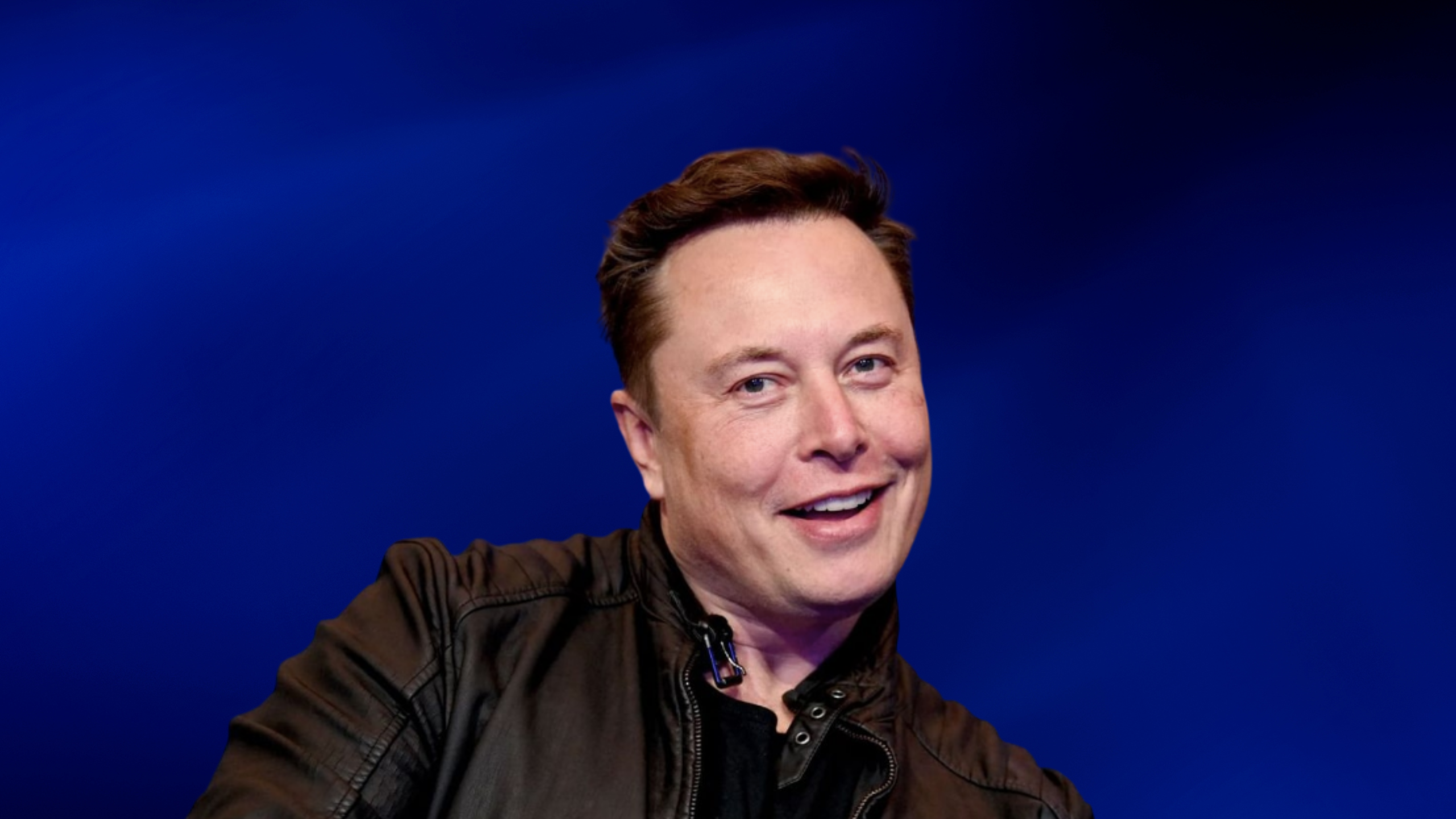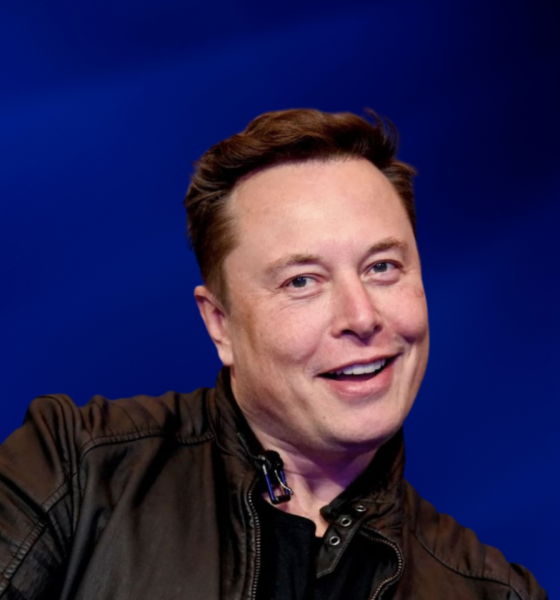The mainstream media’s trashing of Elon Musk is not journalism at all. In fact, I think it’s highly disturbing that news websites are so obsessed with Elon Musk. They’ve gone from using his name to make money off of clicks to making up stuff about him or twisting his words for clicks.
Remember that Wall Street Journal article from this weekend? The one that accused Elon Musk of having an affair with Sergey Brin’s wife and claimed that Elon and Sergey were no longer friends. This is one example.
The WSJ’s decision to stand by its already refuted article shows that journalistic ethics have been sold for clicks. It’s a sad day for journalism.
Moreover, I talked to Sergey yesterday and he says neither he nor anyone he knows has talked to WSJ
— Elon Musk (@elonmusk) July 27, 2022
Not only did Elon Musk publicly deny the story, but so did Nichole Shanahan’s lawyer. In a statement to The Daily Mail, the attorney said that not only was the WSJ’s report false, but it was also defamatory.
“Make no mistake, any suggestion that Nicole had an affair with Elon Musk is not only an outright lie but also defamatory.”
Additionally, Elon Musk shared a photo of himself and the Google co-founder with the New York Post and said, that he’d spoken with both parties who were adamant that they were not the source behind the WSJ’s claims.
Why is the mainstream media’s trashing of Elon Musk intensifying?
Why does the mainstream media hate Elon Musk so much? This is a question I asked on Twitter. It was rhetorical because many in the Tesla community, including myself, suspect a few reasons.
Tesla’s refusal to buy advertising, Elon’s continuous standing up for himself against trolls, and of course, the clicks.
One thing I’ve noticed is that this hatred of Elon is intensifying. And the WSJ’s refusal to retract its allegations reflects its dismissal of journalistic ethics. According to a spokesperson from the outlet, “We are confident in our sourcing, and we stand by our reporting.”
That WSJ article doesn’t line up with the SPJ Code of Ethics.
The Society of Professional Journalists has its own Code of Ethics and in my opinion, that hit piece on Elon Musk definitely does not line up with that code.
These sources were not identified clearly and yet the WSJ is banking its reputation on these sources despite not even interviewing any of the parties involved. Another note from the SPJ Code of Ethics is to consider the motives of the sources before promising anonymity.
In fact, journalists should reserve anonymity for sources who may face danger, retribution, or other harm. And they need to have information that can’t be obtained elsewhere.
If the story were true, where’s the evidence?
If the story of Elon Musk kneeling in front of Sergey Brin at a party were true, why are there no videos or photos? Surely it would be easy to pull out your phone, snap a pic and post it to Twitter. Everyone wants photos of Elon Musk.
If we can see Elon vacationing with his friends in Greece, then surely the WSJ would want to see evidence of Elon doing what they said he did. How come we don’t have any evidence?
Ethics traded for the trashing of Elon Musk
The SPJ Code of Ethics also says that journalists should balance the public’s need for information against potential harm or discomfort. “Pursuit of the news is not a license for arrogance or undue intrusiveness.”
The code also calls for journalists to show compassion for those who may be affected by the news coverage. Where is the compassion for Elon Musk, Sergey Brin, and Nichole Shanahan?
You can access the full code of ethics here.
If you have a tip, feel free to send them to johnna@teslarati.com

Elon Musk
SpaceX issues statement on Starship V3 Booster 18 anomaly
The incident unfolded during gas-system pressure testing at the company’s Massey facility in Starbase, Texas.

SpaceX has issued an initial statement about Starship Booster 18’s anomaly early Friday. The incident unfolded during gas-system pressure testing at the company’s Massey facility in Starbase, Texas.
SpaceX’s initial comment
As per SpaceX in a post on its official account on social media platform X, Booster 18 was undergoing gas system pressure tests when the anomaly happened. Despite the nature of the incident, the company emphasized that no propellant was loaded, no engines were installed, and personnel were kept at a safe distance from the booster, resulting in zero injuries.
“Booster 18 suffered an anomaly during gas system pressure testing that we were conducting in advance of structural proof testing. No propellant was on the vehicle, and engines were not yet installed. The teams need time to investigate before we are confident of the cause. No one was injured as we maintain a safe distance for personnel during this type of testing. The site remains clear and we are working plans to safely reenter the site,” SpaceX wrote in its post on X.
Incident and aftermath
Livestream footage from LabPadre showed Booster 18’s lower half crumpling around the liquid oxygen tank area at approximately 4:04 a.m. CT. Subsequent images posted by on-site observers revealed extensive deformation across the booster’s lower structure. Needless to say, spaceflight observers have noted that Booster 18 would likely be a complete loss due to its anomaly.
Booster 18 had rolled out only a day earlier and was one of the first vehicles in the Starship V3 program. The V3 series incorporates structural reinforcements and reliability upgrades intended to prepare Starship for rapid-reuse testing and eventual tower-catch operations. Elon Musk has been optimistic about Starship V3, previously noting on X that the spacecraft might be able to complete initial missions to Mars.
Investor's Corner
Tesla analyst maintains $500 PT, says FSD drives better than humans now
The team also met with Tesla leaders for more than an hour to discuss autonomy, chip development, and upcoming deployment plans.

Tesla (NASDAQ:TSLA) received fresh support from Piper Sandler this week after analysts toured the Fremont Factory and tested the company’s latest Full Self-Driving software. The firm reaffirmed its $500 price target, stating that FSD V14 delivered a notably smooth robotaxi demonstration and may already perform at levels comparable to, if not better than, average human drivers.
The team also met with Tesla leaders for more than an hour to discuss autonomy, chip development, and upcoming deployment plans.
Analysts highlight autonomy progress
During more than 75 minutes of focused discussions, analysts reportedly focused on FSD v14’s updates. Piper Sandler’s team pointed to meaningful strides in perception, object handling, and overall ride smoothness during the robotaxi demo.
The visit also included discussions on updates to Tesla’s in-house chip initiatives, its Optimus program, and the growth of the company’s battery storage business. Analysts noted that Tesla continues refining cost structures and capital expenditure expectations, which are key elements in future margin recovery, as noted in a Yahoo Finance report.
Analyst Alexander Potter noted that “we think FSD is a truly impressive product that is (probably) already better at driving than the average American.” This conclusion was strengthened by what he described as a “flawless robotaxi ride to the hotel.”
Street targets diverge on TSLA
While Piper Sandler stands by its $500 target, it is not the highest estimate on the Street. Wedbush, for one, has a $600 per share price target for TSLA stock.
Other institutions have also weighed in on TSLA stock as of late. HSBC reiterated a Reduce rating with a $131 target, citing a gap between earnings fundamentals and the company’s market value. By contrast, TD Cowen maintained a Buy rating and a $509 target, pointing to strong autonomous driving demonstrations in Austin and the pace of software-driven improvements.
Stifel analysts also lifted their price target for Tesla to $508 per share over the company’s ongoing robotaxi and FSD programs.
Elon Musk
SpaceX Starship Version 3 booster crumples in early testing
Photos of the incident’s aftermath suggest that Booster 18 will likely be retired.

SpaceX’s new Starship first-stage booster, Booster 18, suffered major damage early Friday during its first round of testing in Starbase, Texas, just one day after rolling out of the factory.
Based on videos of the incident, the lower section of the rocket booster appeared to crumple during a pressurization test. Photos of the incident’s aftermath suggest that Booster 18 will likely be retired.
Booster test failure
SpaceX began structural and propellant-system verification tests on Booster 18 Thursday night at the Massey’s Test Site, only a few miles from Starbase’s production facilities, as noted in an Ars Technica report. At 4:04 a.m. CT on Friday, a livestream from LabPadre Space captured the booster’s lower half experiencing a sudden destructive event around its liquid oxygen tank section. Post-incident images, shared on X by @StarshipGazer, showed notable deformation in the booster’s lower structure.
Neither SpaceX nor Elon Musk had commented as of Friday morning, but the vehicle’s condition suggests it is likely a complete loss. This is quite unfortunate, as Booster 18 is already part of the Starship V3 program, which includes design fixes and upgrades intended to improve reliability. While SpaceX maintains a rather rapid Starship production line in Starbase, Booster 18 was generally expected to validate the improvements implemented in the V3 program.
Tight deadlines
SpaceX needs Starship boosters and upper stages to begin demonstrating rapid reuse, tower catches, and early operational Starlink missions over the next two years. More critically, NASA’s Artemis program depends on an on-orbit refueling test in the second half of 2026, a requirement for the vehicle’s expected crewed lunar landing around 2028.
While SpaceX is known for diagnosing failures quickly and returning to testing at unmatched speed, losing the newest-generation booster at the very start of its campaign highlights the immense challenge involved in scaling Starship into a reliable, high-cadence launch system. SpaceX, however, is known for getting things done quickly, so it would not be a surprise if the company manages to figure out what happened to Booster 18 in the near future.










